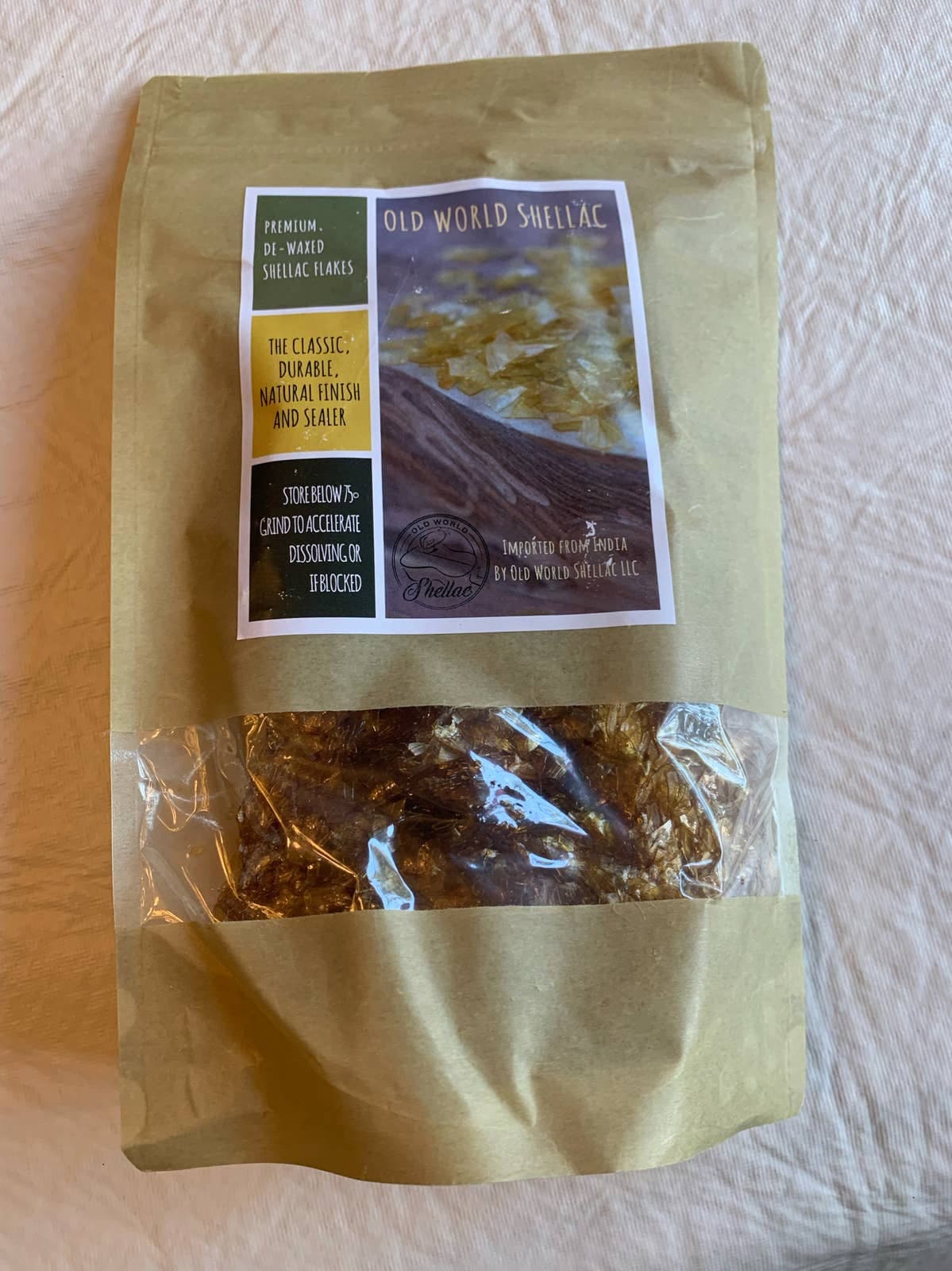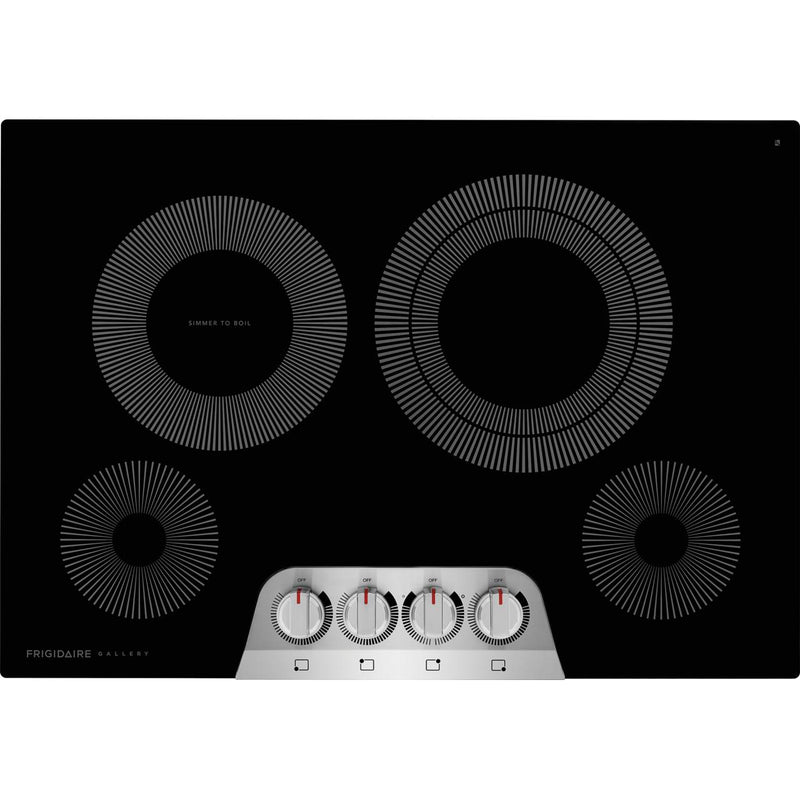
Shellac Inks - Introduction & Uses - Welcome to Vibrant Art
What is shellac Shellac is scraped from the bark of the trees where the female lac bug, Kerria lacca (Order Hemiptera, Family Kerriidae) on trees in the forests of India and Thailand. The bug secretes resin which form a tunnel-like tube (cocoons) as it traverses the branches of trees. The raw shellac, which contains bark shavings and lac bugs removed during scraping, is placed in canvas tubes (much like long socks) and heated over a fire. This causes the shellac to liquify and seep out of the canvas, leaving the bark and bugs behind. The thick, sticky shellac is then dried into a flat sheet and broken into flakes, or dried into "buttons" (pucks/cakes), then bagged and sold. The end-user then crushes it into a fine powder and mixes it with ethyl alcohol prior to use, to dissolve the flakes and make liquid shellac. Shellac naturally dries to a high-gloss sheen. For applications where a flatter (less shiny) sheen is desired, products containing amorphous silica, such as "Shellac Flat," may be added to the dissolved shellac. Colors and Uses Shellac comes in many warm colors, ranging from a very light blond (platina) to a very dark brown (garnet), with many varieties of brown, yellow, orange and red in between. The colour is influenced by the sap of the tree the lac bug is living on and by the time of harvest. Historically, the most commonly sold shellac is called "orange shellac", and was used extensively as a combination stain and protectant for wood paneling and cabinetry in the 20th century. Using Shellac Shellac is low toxicity, ease of application, and ease of repair are the best reasons to use shellac. Shellac is most often used in artwork as a sealing finish on wood or other porous substrates that will later be painted over. It can also be used as an isolating film between layers of paint, both oil and water-based. When dissolved in an alkali and water, it can be used as a fixative in watercolor painting. Applying Shellac Shellac can be applied by brushing, rubbing and spraying. Artists find brushing to work best for most applications. Applying multiple, thin layers of shellac produce significantly better results than one or two thick layers. Thick coats of shellac do not adhere well to the substrate or to each other. The best brushes for shellac are those that hold a lot of material, allowing it to flow onto the substrate and avoiding excessive brushing. Perhaps the best brush for applying shellac is a fitch (a.k.a the polecat) brush. This animal, closely related to the weasel, is found throughout Europe and Asia. The best varieties come from Siberia and northeastern China. The fitch tail consists of very fine hair that has a highly resilient conical shape with a thick belly. It is equal in quality to weasel (red sable) hair. As genuine fitch and sable hair brushes are expensive, some artists turn to synthetically made ones which perform almost equally well , as the genuine hair brushes. Although it may cost more, you will soon realize that it’s well worth the price. Before using the brush in shellac, it is best to dip your brush all the way to the ferrule (the metal part between the handle and the hair) into alcohol and then press it out. This makes the brush easier to clean afterwards. A dilute solution of shellac is easier to apply and minimizes brush marks that may be hard to rub out later. Start with a 2 to 1-1/2 lb. cut for brushing. Cleaning your brush To clean your brush, you can use denatured alcohol or household ammonia which cleans shellac brushes well because the ammonia dissolves the shellac. Mix 1 part ammonia to 2 parts water, then wash in soap and water to keep the bristles soft. If you don

Search our classes

Yesterday and Today: Art and Design (Part I) - The Magazine Antiques

Sitemap - Welcome to Vibrant Art
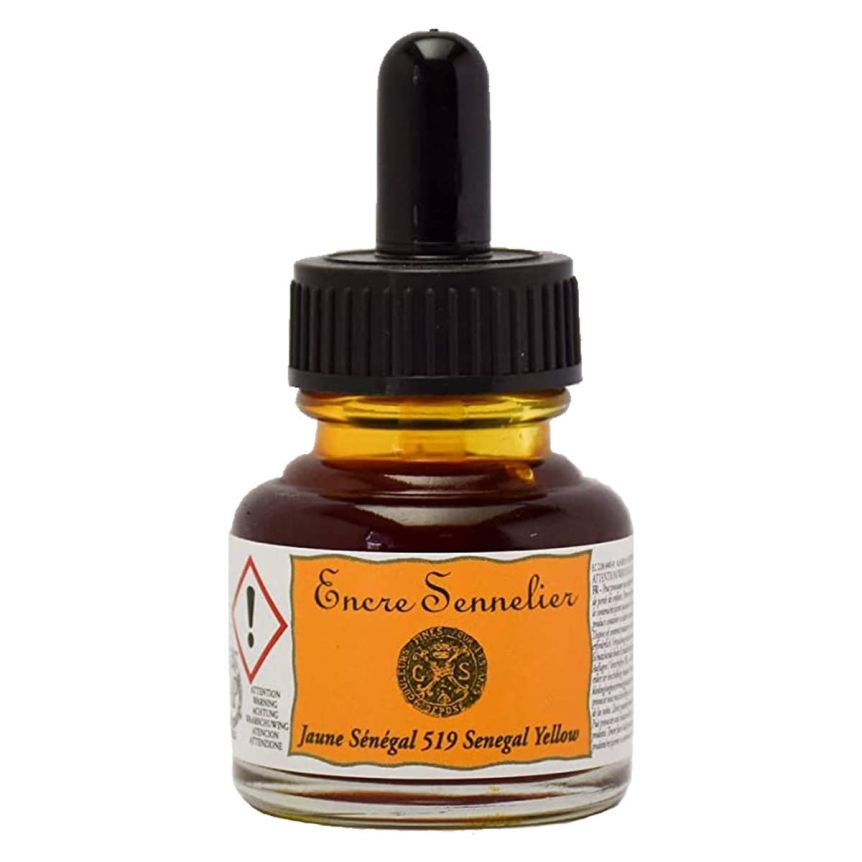
Sennelier Shellac Inks
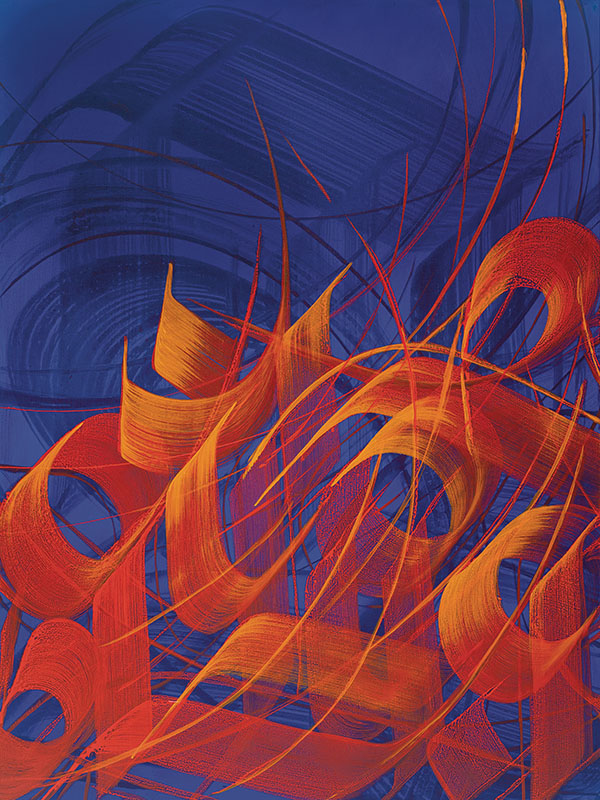
Exhibitions – Art New England

Every Calligraphy Ink Question You Ever Had Answered! – The Postman's Knock
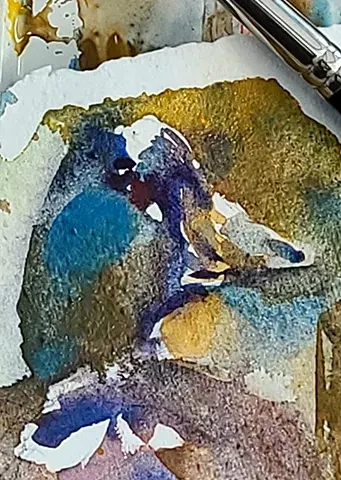
Art Classes & Workshops in Stroud, Gloucestershire - Pegasus Art

Wax Fusion Spring Issue IV: 2021 by International Encaustic Artists - Issuu

Blog Posts - Welcome to Vibrant Art

Canvas, Fall 2022 by Cleveland Jewish Publication Company - Issuu
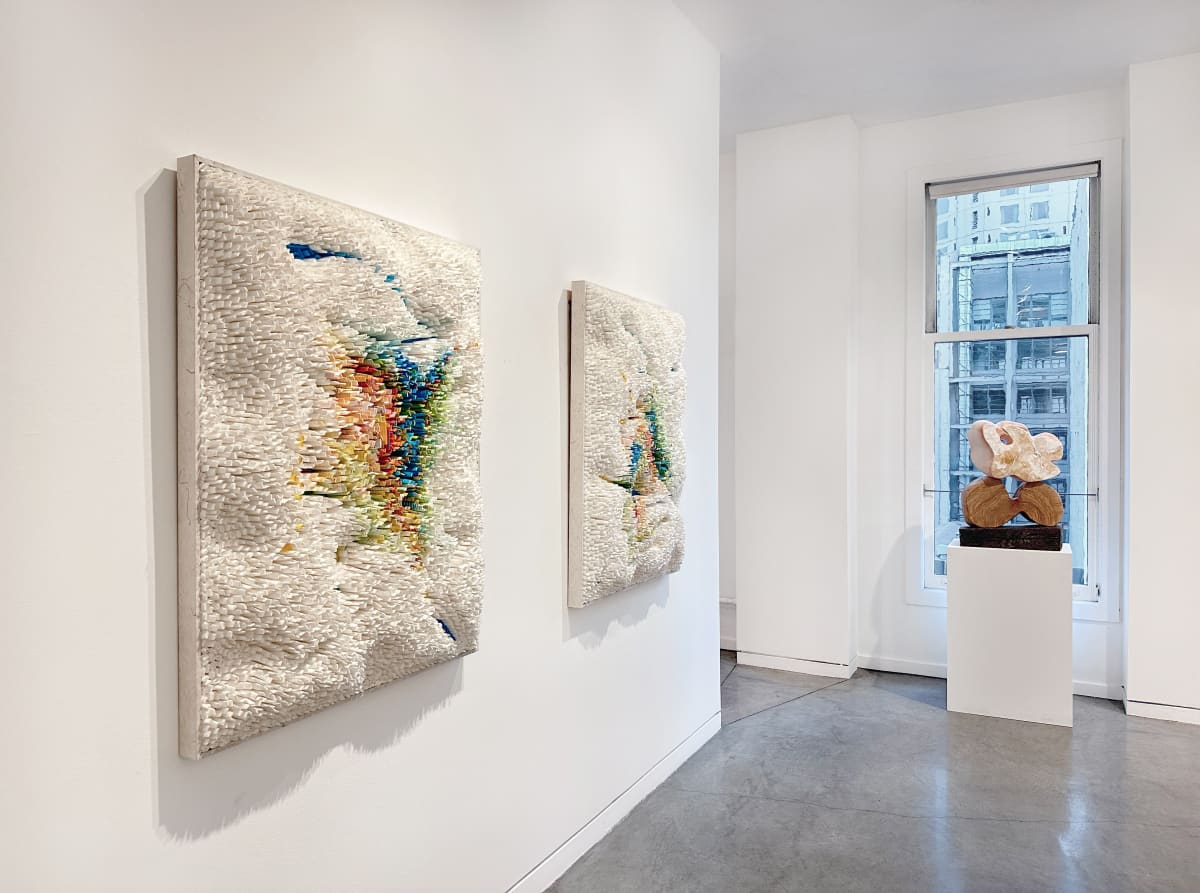
Exhibitions Maybaum Gallery


